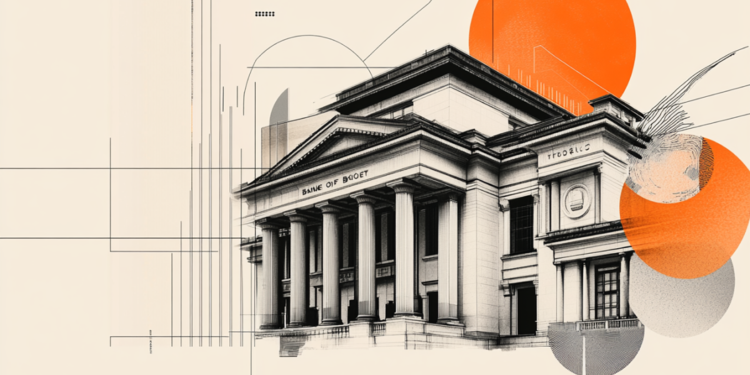There are both upside, downside risks from US tariffs on Japan’s prices

Bank of Japan (BoJ) Deputy Governor Shinichi Uchida said on Tuesday that “there are both upside, downside risks from US tariffs on Japan’s prices.”
Additional comments
- US tariffs put downward pressure on Japan’s economy.
- Japan’s economic growth is expected to slow to around its potential before resuming moderate growth as overseas economies recover.
- Japan’s output gap to remain around current levels, after which it will resume improvement toward end of the BoJ’s three-year projection period through fiscal 2027.
- The BoJ expected to keep raising interest rates if economy, prices improve as we project.
- Japan’s underlying inflation, medium- and long-term inflation expectations will likely stagnate temporarily.
- But even during that period, wages are expected to continue rising as Japan’s job market very tight, firms likely to continue passing on rising labour costs.
- Once the global economy resumes an uptrend, Japan’s economy is likely to recover and heighten underlying inflation and inflation expectations.
- Uncertainty surrounding our forecasts is extremely high, so we will determine without pre-conception whether our forecasts will materialise.
- Strong yen has negative impact on exports, big manufacturers’ profits but improves households’ real income and pushes up retailers’ profits via falling import costs.
- Rapid FX moves make it difficult for firms to set business plans, heighten uncertainty.
Market reaction
USD/JPY keeps the offered tone intact following these headlines, down 0.38% on the day at 147.88 as of writing.
Bank of Japan FAQs
The Bank of Japan (BoJ) is the Japanese central bank, which sets monetary policy in the country. Its mandate is to issue banknotes and carry out currency and monetary control to ensure price stability, which means an inflation target of around 2%.
The Bank of Japan embarked in an ultra-loose monetary policy in 2013 in order to stimulate the economy and fuel inflation amid a low-inflationary environment. The bank’s policy is based on Quantitative and Qualitative Easing (QQE), or printing notes to buy assets such as government or corporate bonds to provide liquidity. In 2016, the bank doubled down on its strategy and further loosened policy by first introducing negative interest rates and then directly controlling the yield of its 10-year government bonds. In March 2024, the BoJ lifted interest rates, effectively retreating from the ultra-loose monetary policy stance.
The Bank’s massive stimulus caused the Yen to depreciate against its main currency peers. This process exacerbated in 2022 and 2023 due to an increasing policy divergence between the Bank of Japan and other main central banks, which opted to increase interest rates sharply to fight decades-high levels of inflation. The BoJ’s policy led to a widening differential with other currencies, dragging down the value of the Yen. This trend partly reversed in 2024, when the BoJ decided to abandon its ultra-loose policy stance.
A weaker Yen and the spike in global energy prices led to an increase in Japanese inflation, which exceeded the BoJ’s 2% target. The prospect of rising salaries in the country – a key element fuelling inflation – also contributed to the move.




